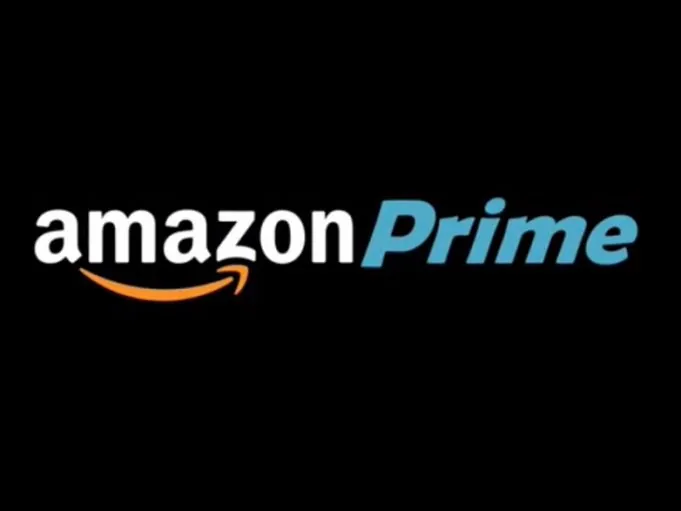As of today expect to pay 20% more for Prime memberships if you pay month-to-month.
Amazon bumped monthly subscriber pricing as follows:
- For new Prime subscribers: $12.99/month (USD) (previously $10.99/month)
- For students: $6.49/month ($5.49/month)
However, if you opt to pay annually then, as before, you’ll save considerably:
- For new Prime subscribers: $99/year
- For students: $49/year
Amazon clearly favors an annual subscription model.
Pay by the month and you’ll end up forking out $155.88. That’s a 56% premium versus paying the annual fee up-front.
No wonder, with a one year commit, the finance team can get a much more predictable view into revenue. With month-to-month there’s volatility you’d expect as customers drop off Prime at random times.
Amazon’s statement on the price change:
The price of the monthly Prime membership for new members increased from $10.99 to $12.99 on January 19, 2018. The price of the discounted Prime Student monthly plan for new sign-ups increased from $5.49 to $6.49 on January 19, 2018.
Existing monthly Prime and Prime Student members will pay the new price for renewals happening after February 18, 2018.
Annual Prime members continue to pay $99. Annual Prime Student members continue to pay $49.
From 2-day delivery to near instant gratification
Prime became much-loved initially for its 2-day shipping guarantees. Under the plan, many products on the Amazon web site can be delivered in only 2 days (denoted by the now ubiquitous Prime logo). Over time, Amazon has piled on heapings of extras in a bid to entice new customers to the program: Prime Music, Prime Video, and on and on. Who thought Amazon, once solely an e-commerce company, would become such a formidable foe to the likes of Google and Apple?
Meanwhile, 2-day shipping seems almost like a relic. Spend at least $35 on a given order now, and Amazon will ship many eligible products the next day — and in some cases even, the same day.
Amazon Flex & the gig economy
A significant reason why Amazon can scale and offer such rapid delivery times has to do with an incredibly sophisticated logistics platform and multiple warehouse locations.
Another (not-so) secret ingredient?
The gig economy. Amazon, like so many others in various industries, is tapping into the flexible workhorse to get packages delivered to your doorstep. It’s called Amazon Flex. Drivers can make $18-25 per hour and set their own schedules. That explains why you’re seeing normal cars — just like Ubers and Lyfts! — pulling up to your home with Amazon boxes.
But where is Google and Apple?
I’ve always wondered why Google and Apple don’t offer similar all-you-can-eat programs.
Yes they don’t have storefronts that sell the vast amount of products that you can find on Amazon. But why can’t they partner for that? Or, at the very least, offer a pay model that provides access to the spectrum of digital services — music, video, books, etc. — with an unlimited option?
For now, Amazon continues to rule the land. And, for that, you’ll need to pay just a bit more.


